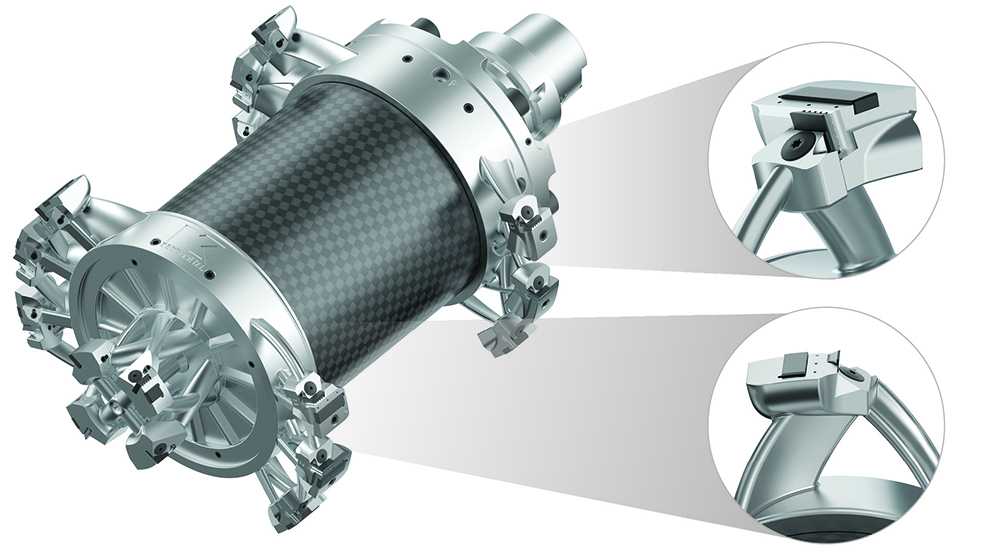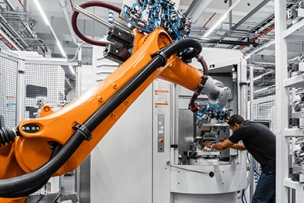You can’t judge a book by its cover—or an electric vehicle by its exterior, which doesn’t look much different from the outside of the gasoline-powered car your parents drove.
Beneath the surface similarities such as wheels and doors, however, lies a streamlined power train that requires far fewer machined components than the internal combustion engines that have powered automobiles since the late 1800s.
The parts that are needed to build it, in some cases, require new and unique tools, creating a surging demand that global manufacturing tool supplier Kennametal has positioned itself to meet with strategies including the use of industrial-scale 3D printing, or additive manufacturing.
“Additive manufacturing enables us to make any shape of tool that a customer may need—one that will be exclusive to their needs and meet any demands they may have in production,” says Paul Culp, senior global key account manager with Kennametal.
Overhauling Car Manufacturing
The company’s focus on electric vehicle manufacturing equipment is spurred by a seismic change in the habits and expectations of drivers over the past two decades. In the U.S. alone, electric vehicle sales have climbed more than 40 percent a year since 2016, according to the consulting firm McKinsey.
A tipping point occurred in 2020, McKinsey says, when electric vehicles expanded their market share despite the financial restrictions of a global pandemic.
Both Europe and the U.S., meanwhile, have set regulations including tighter environmental standards for fossil fuel usage that they hope will help electric vehicles capture 50 percent of the market by 2030, in time for bans in some countries on sales of new vehicles with internal-combustion engines five years later.
Read More: 3 Ways Electric Vehicles Will Change the Cutting Tool Industry
By 2035, electric and internal-combustion vehicles will each command global sales of a little more than 40 million a year, Kennametal projects. Afterward, electric vehicles sales may climb to 80 million by 2050 while internal-combustion sales drop toward 10 million, reversing the positions they held in 2015, the toolmaker estimates.




Talk to Us!
Leave a reply
Your email address will not be published. Required fields are marked *